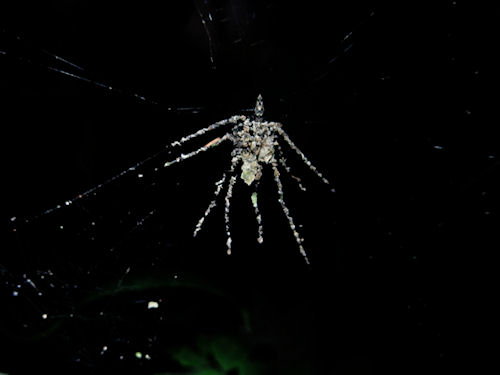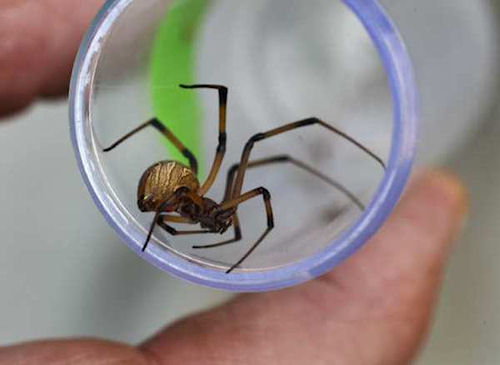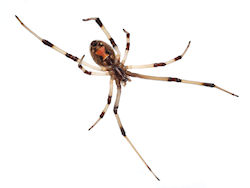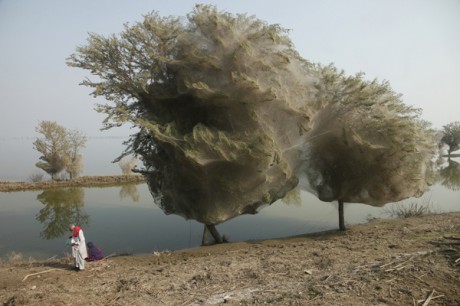Possible New Spider Makes DIY Decoy Version of Itself!
Friday, December 28th, 2012Spiders are a little creepy to most people, right?
Well that other percent that didn’t think they were creepy? You can come join the rest of us now.
You’re walking through the woods and notice an interesting looking spider in the middle of its web from a distance. You decide to go in for a closer look. You make that ‘quizzical dog face’ because it’s a pretty weird-looking spider.
As you get closer, something seems a little ‘off’ about the ‘interesting’ spider…which begins to throb and shake in the most un-spider-like movement you’ve ever seen.
That’s about the time when your fear meter begins to spike as you realize the ‘spider’ you’ve been staring at is actually comprised of dead insects, debris and leaves and is being puppeteered by the real spider hiding just out of sight.
The ‘decoy spider’ is being looked at to see whether or not it’s a new species of spider or, in a step leading to total nightmare material, if it’s an already known spider that’s taught itself this behavior.
While scientists continue to determine what’s going on with this horrifying development in the spider kingdom, we’ll just keep hoping that human flesh is completely unpleasant to their terrifying little tastebuds.



